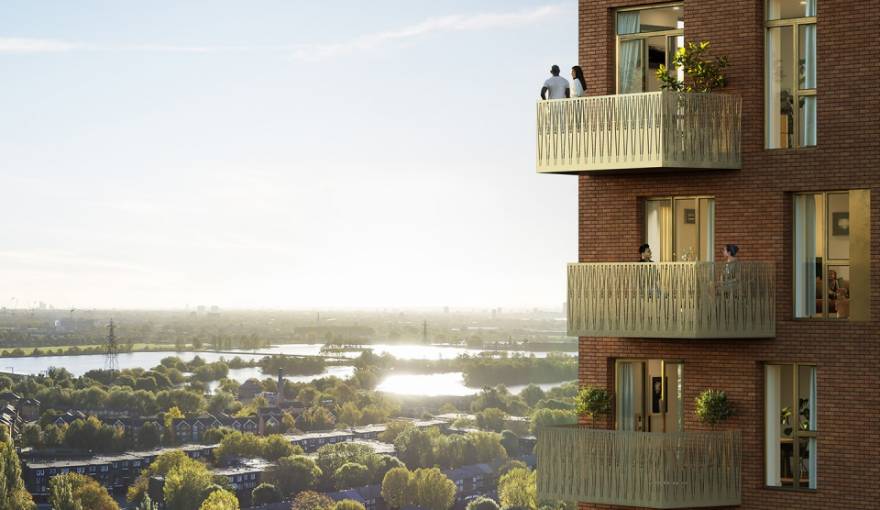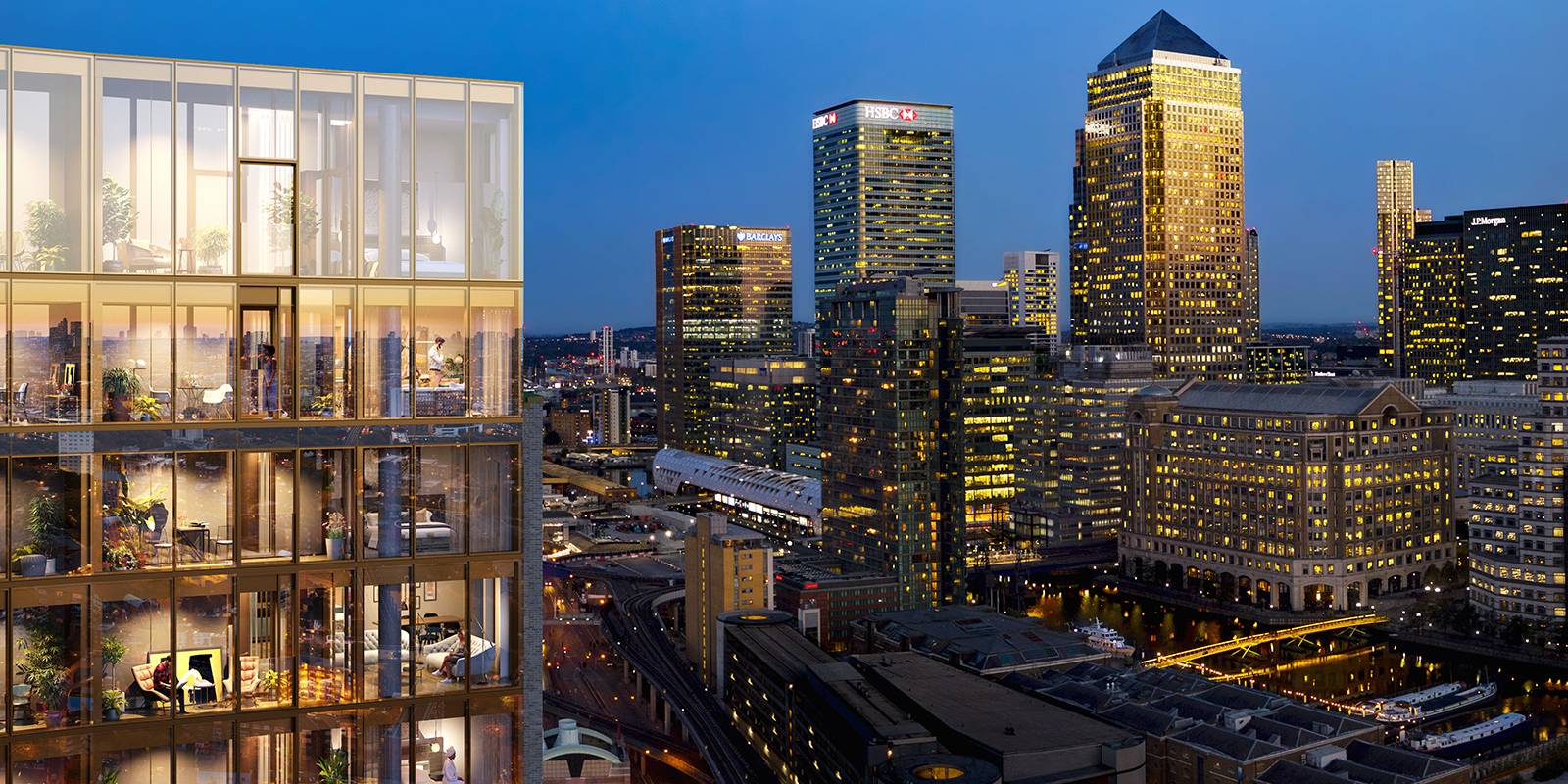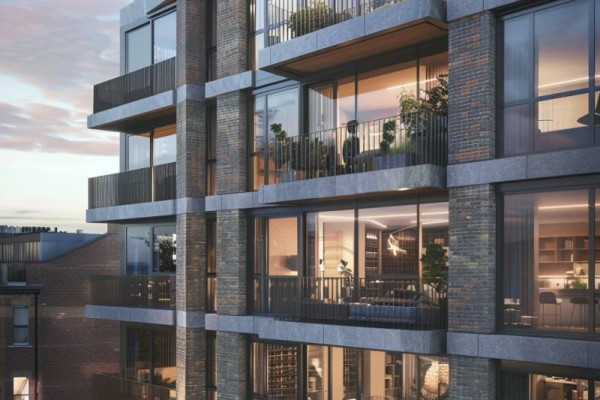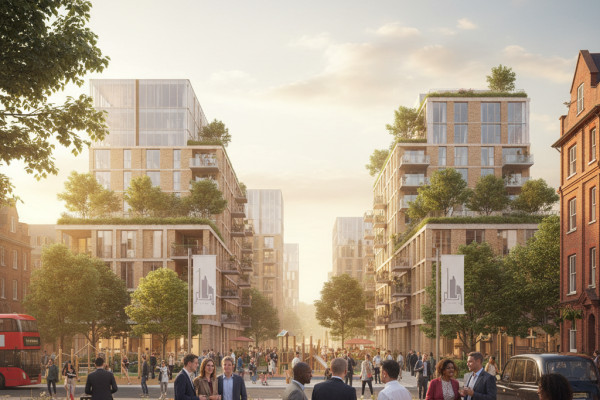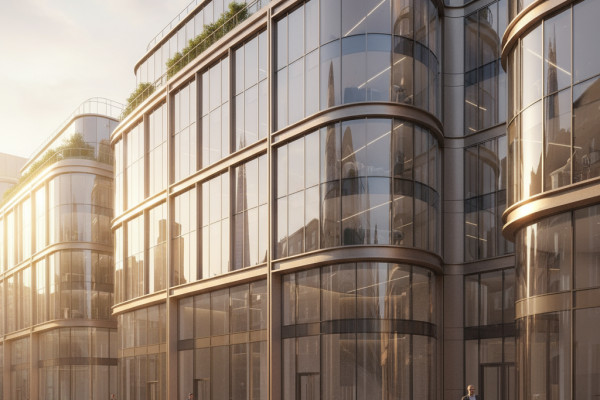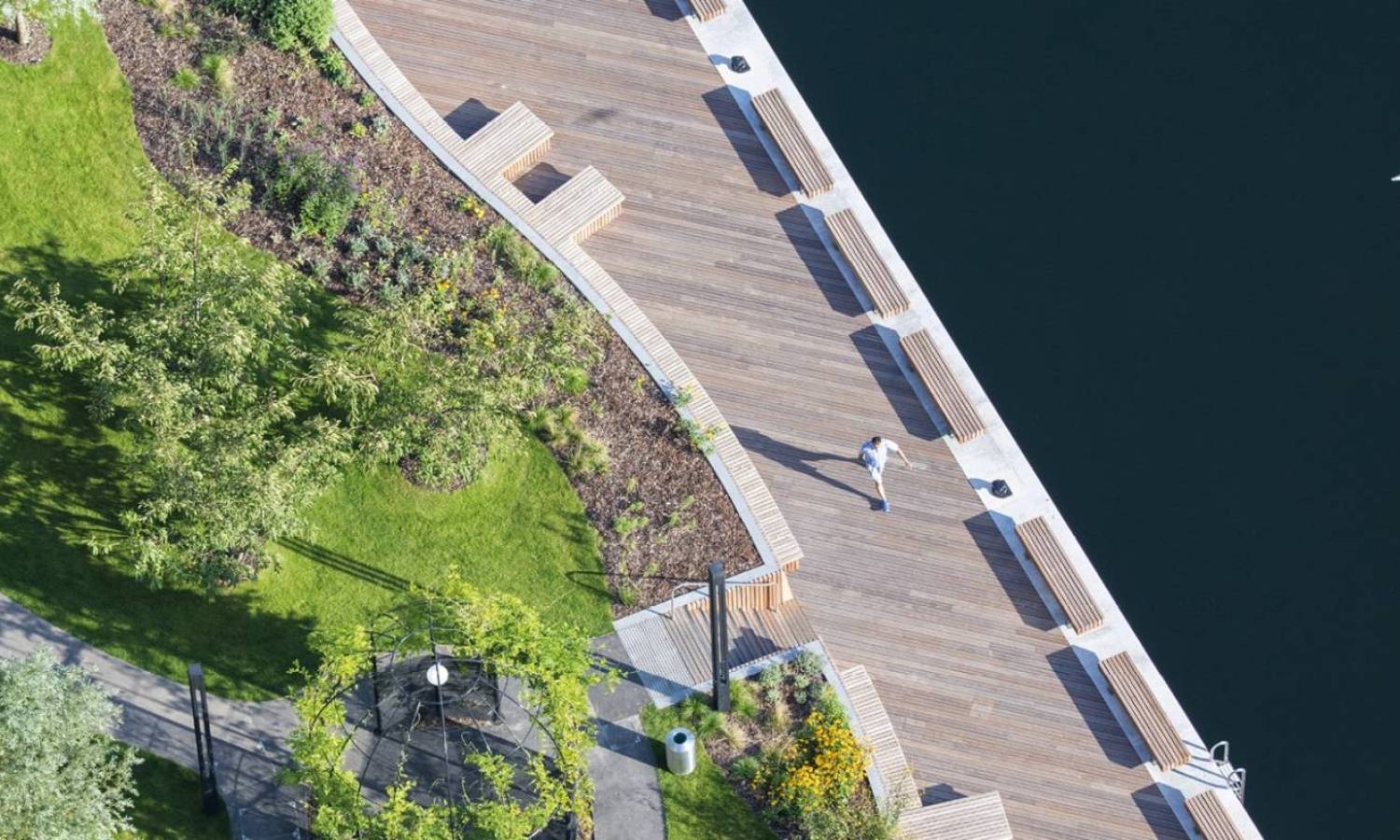
Charting New Horizons: Exploring Evolving Trends in UK Property Searches
Discover the evolving trends in UK property seeking, uncovering altering preferences and distances buyers are willing to explore.
In our country, we often confine our real estate quest to familiar locales, leaning towards proximity and familiarity. However, expanding the search horizon can unveil more cost-effective opportunities and larger abodes. Let's delve into the rearranged house-hunting trends and how preferences vary.
On average, prospective homeowners look for a residence within 3.9 miles of their current abode. Remarkably, three out of four individuals express interest solely in dwellings within one or two nearby neighbourhoods. In 2021, this length extended slightly to 4.4 miles, reflecting a subtle shift.
The upheaval in recent times encouraged a lifestyle shift for many households. As the market turned fiercely competitive and house prices surged, opting for a home farther from one's current location became a viable tactic, aiding in finding a suitable home within the budget.
Regional Perspectives
Comparatively, during the summer of 2019, the average pursuit radius was 3.7 miles. The current scenario offers a broader spectrum of real estate across the UK, fostering more local choices and promoting localized hunting.
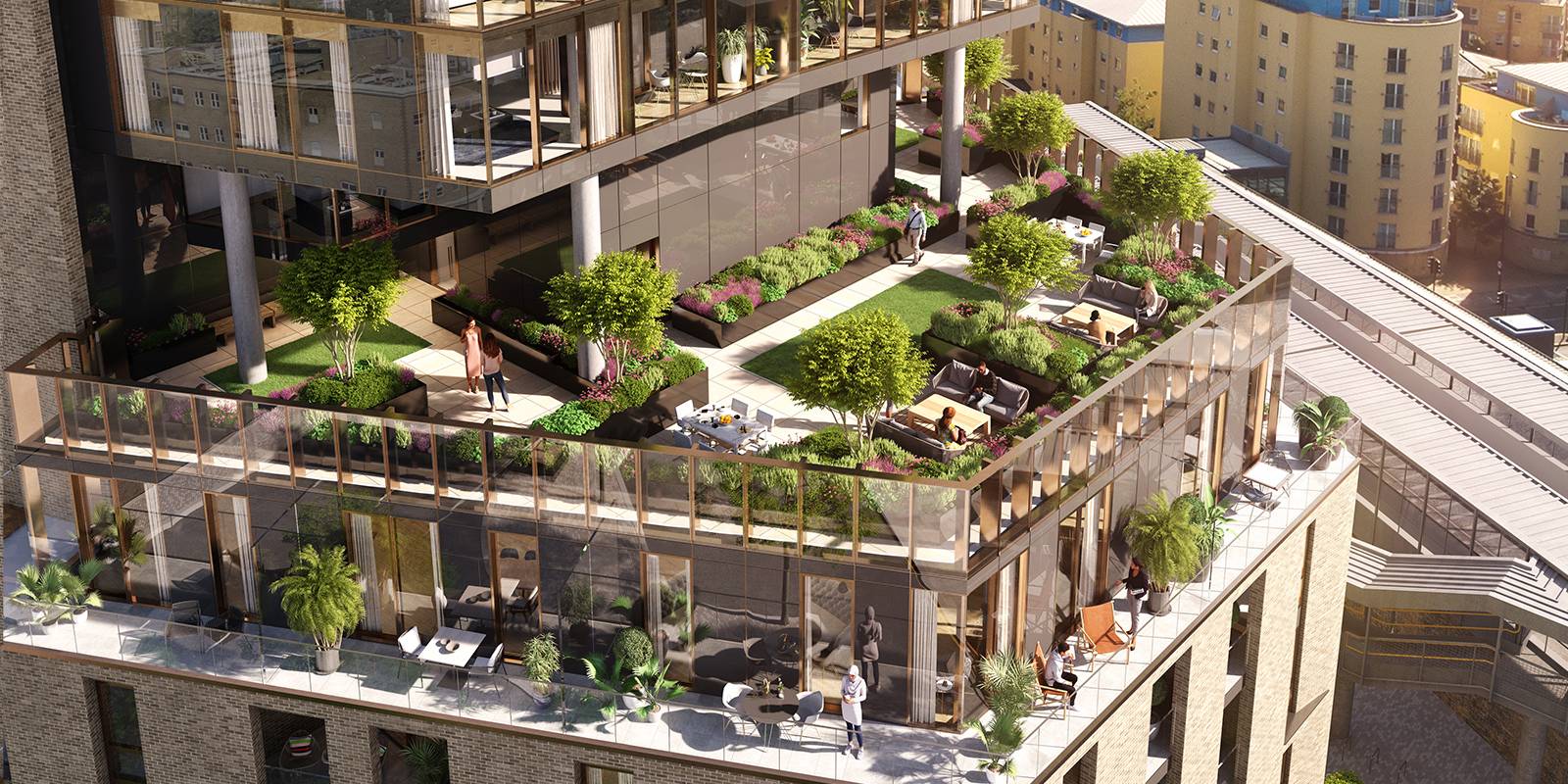
Regional disparities are prominent in house-hunting preferences. Individuals in the South, particularly in the East of England and the South East, display a penchant for locations 10 miles or more from their present residence, representing 50% and 43% of buyers, respectively.
Conversely, clients in the North and the Midlands seek newly built developments within a 5-mile radius, exceeding the national average of 50%.
| London District | Average Property Prices (£) | Affordability Index | Buyers Looking for New Homes Beyond 9 miles (%) |
| North London | £500,000 - £1,600,000 | Moderate | 35% |
| South London | £400,000 - £1,500,000 | Moderate | 35% |
| Central London | £800,000 - £2,500,000 | High | 40% |
| East London | £600,000 - £1,200,000 | High | 45% |
| West London | £600,000 - £1,800,000 | High | 38% |
1newhomes, October 2023
Pre-existing migration patterns align with these trends, underscoring the role of distance in the decision-making process, especially in the South. Factors such as local economies, property availability, and the cost of housing in a particular area can drive preferences for greater distance in house hunting.
A Closer Look at the Capital's Real Estate Landscape
At the peak of the housing surge, headlines hinted at a significant movement from London. While data reveals a meaningful shift, with 24% of London-based purchasers exploring dwellings 20 miles or more from their residence, it doesn't quite amount to a mass exodus.
The quest for specific property types influences search interval, especially for houses like bungalows or detached premises. For instance, in Manchester, where detached houses represent only 1 in 27 developments, buyers look an average of 22 miles away for such homes. Likewise, Londoners seeking separate homes explore buildings around 11 miles from their current position.
So, what draws people to explore options farther away?
It's a delicate balance of finding the right home type at the right price, aligning with one's lifestyle. Flexibility stems from the nature of employment, especially in market services sectors concentrated in major cities, facilitating remote work.
Additionally, the type of desired residence significantly impacts the search distance. Urbanites seeking larger houses may need to venture further, just as rural residents aspiring for flats must expand their horizons.
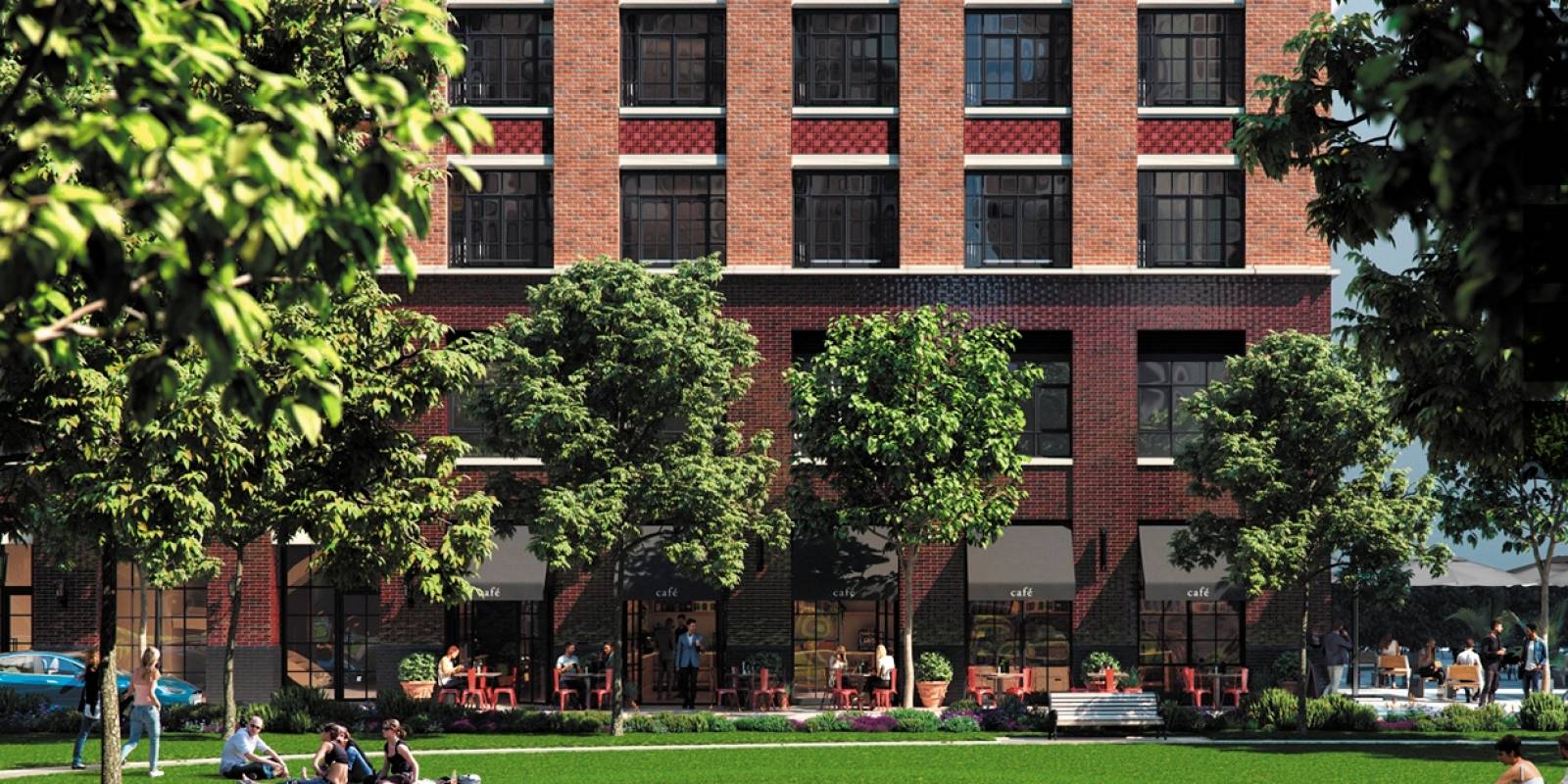
Economic considerations also play a vital role; residing in pricier regions may encourage exploring more affordable areas, promising enhanced value and smaller mortgage obligations.
Frequently Asked Questions
FAQ
- High: Average property prices above £700,000
- Moderate: Average residence costs between £400,000 and £700,000
- Low: Average real estate expenditures below £400,000


